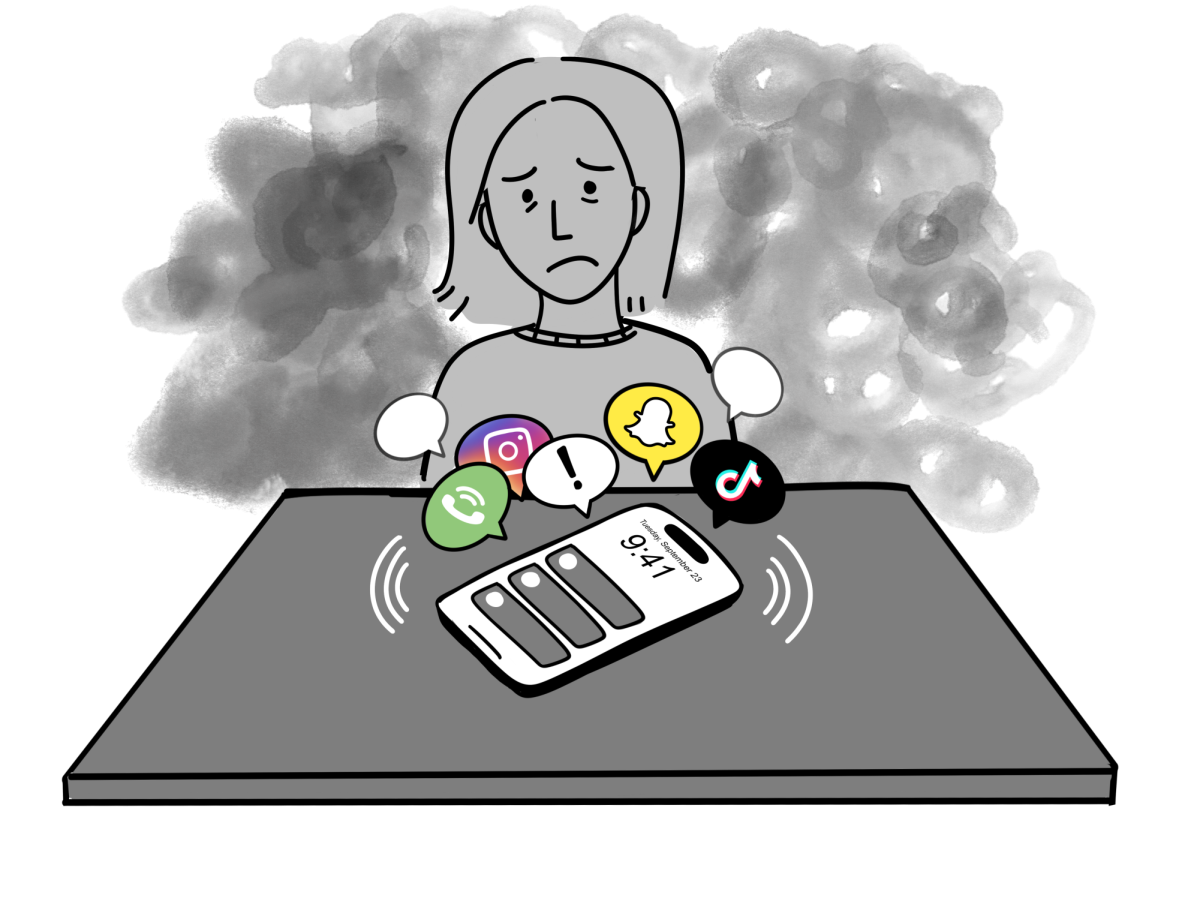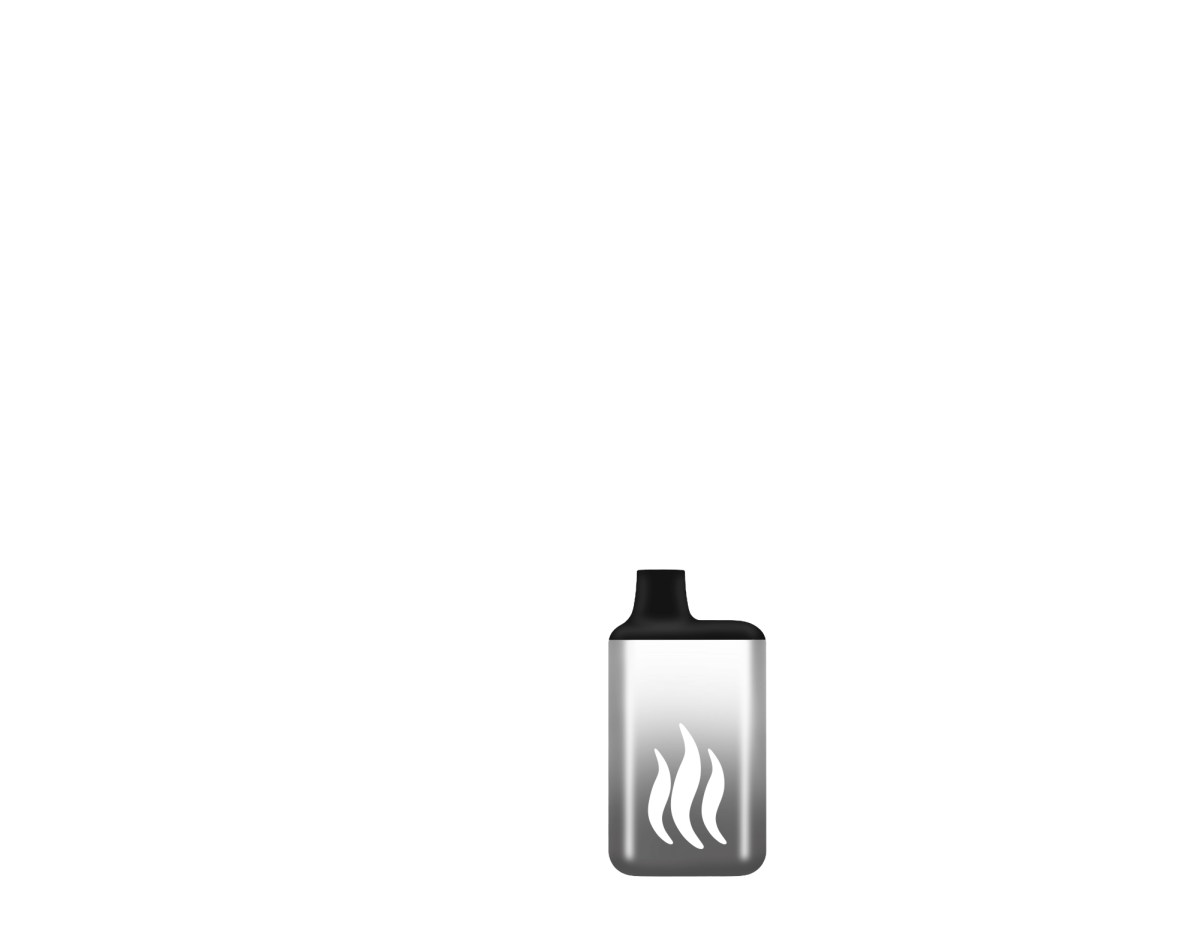2021 saw US Surgeon General Dr. Vivek Murthy issue an advisory entitled, “Protecting Youth Mental Health.” According to this report, from 2009 to 2019, the proportion of high school students reporting persistent feelings of sadness or hopelessness increased by forty percent. The National Institute of Mental Health also reported that 31.9 percent of adolescents in the U.S. have an anxiety disorder, the most common emotional disorder in youth. The growing use of social media, increasing academic pressures, and limited access to mental health care are cited as some of the top factors that place teens in particular at risk (Surgeon General’s Advisory on Social media and Youth Mental Health). Certain subpopulations of youth are considered to be at an even greater risk, including those who belong to marginalized communities, such as LGBTQ+ youth, youth with intellectual and developmental disabilities, low-income youth, and those belonging to racial minorities.
Given the seriousness of mental health challenges, it makes sense that LM should adopt and implement mental health screenings. Mental health screenings can raise awareness and promote mental health literacy, which creates a more welcoming and inclusive environment at school. Mental health screenings have been proven to reduce stigma and increase earlier detection as well as earlier initiation of interventions, according to the American Medical Association. Given the seriousness of mental health challenges, it makes sense that LM should adopt and implement mental health screenings. There are many easy to administer, low-cost and effective mental health screenings available. The PHQ-9 screening questionnaire, for example, takes between two to five minutes to administer. PEARLS, another questionnaire, can help identify students who may be at risk of mental health disorder due to adverse child experiences and other stressors, such as having a parent with a serious physical and/or mental illness. All of these screenings can be administered quickly and with confidentiality. A study done by Michigan State University states that, less than half of Americans can recognize anxiety, and most people don’t know what to do about depression even when they spot it. As a result, many high school students may not even realize they are experiencing symptoms of mental health problems. These mental health screenings could improve students’ wellbeing and safety, making access to them crucial for LM students. Stated by a nationally representative survey from Springtide Research Institute, a third of students who considered talking to a school counselor regarding issues outside of career services ended up not doing so because “they didn’t think their struggles were big enough to bother someone with,” or felt like they would be judged. Allowing students access to mental health screenings can reduce the uncertainty of talking to a school counselor, and give students and staff reliable results, hopefully putting them on the path for getting needed help.
However, screenings alone won’t solve the mental health problem among students. Mental health screenings should be part of a comprehensive initiative to identify and provide care for students identified as having mental health problems. Once students are identified as being at risk or having a mental health disorder, there needs to be follow-up procedures in place to help the students and provide treatment.
Protecting the mental health of all students is a complex task that requires complex solutions, but it all starts with first identifying those who are at risk and those who may already be suffering. The implementation of routine screenings at school would be inexpensive and easy to administer while ensuring confidentiality for all students. In the time it takes to complete the LM technology agreement, a student with depression could be identified through a simple screening. LM should utilize mental health screenings without delay.





